Audience analysis is...complicated. But it can be less complicated if you home in on a specific way to capture the data you need. If you're looking to find new markets for your business, social listening is a natural choice. Social media is the world's biggest database of consumer insights, so it's a great place to look for gaps that your business could fill.
In this article, I'll walk you through two different ways you can approach social listening to perform audience analysis and help you find new markets.
I am the developer of Awario{: rel="follow" }, a social listening tool. That's why I'm using Awario as an example in the workflow: it's the one I'm most familiar with and can personally vouch for.
Monitor your own brand
In every social listening tool, the first step is to create an alert for your brand: type the name of your brand as a keyword (or several keywords, if your brand is often abbreviated or misspelled).
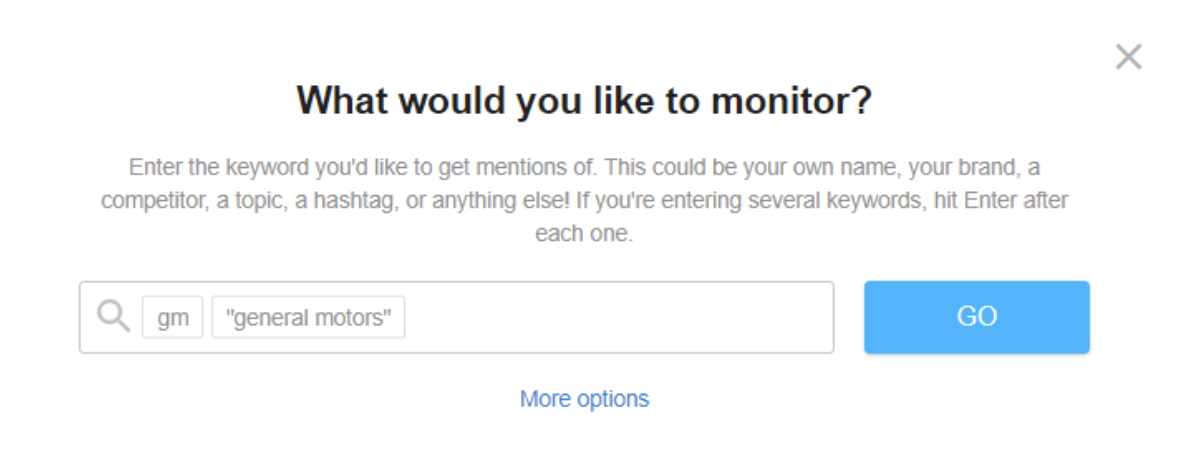
The tool will search social media networks, blogs, forums, news sites, and the web for mentions of your brand. While some mentions are discovered in real-time, some take longer to collect, so it's important to give the tool time to gather the data.
Here's what it'll look like once you have the data.
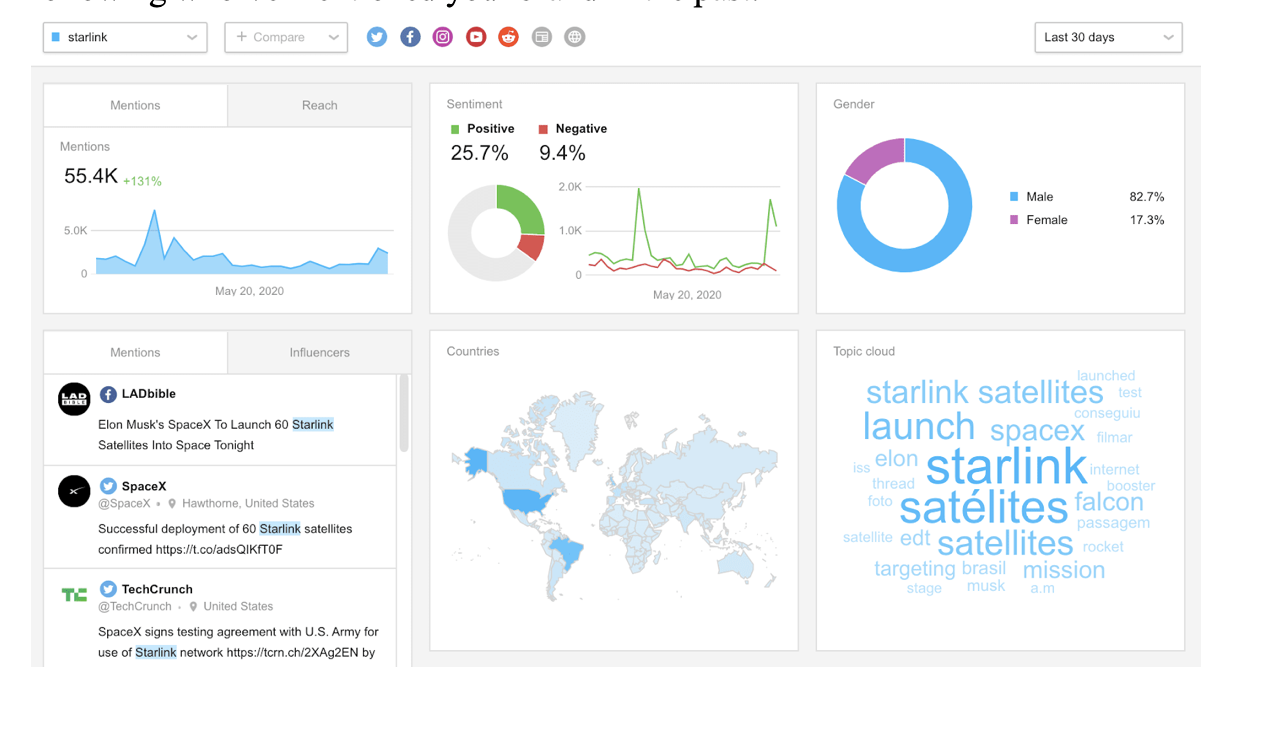
When thinking about new markets, here are the areas of analysis you should focus on.
Find new geographic markets or upsell surprising ones
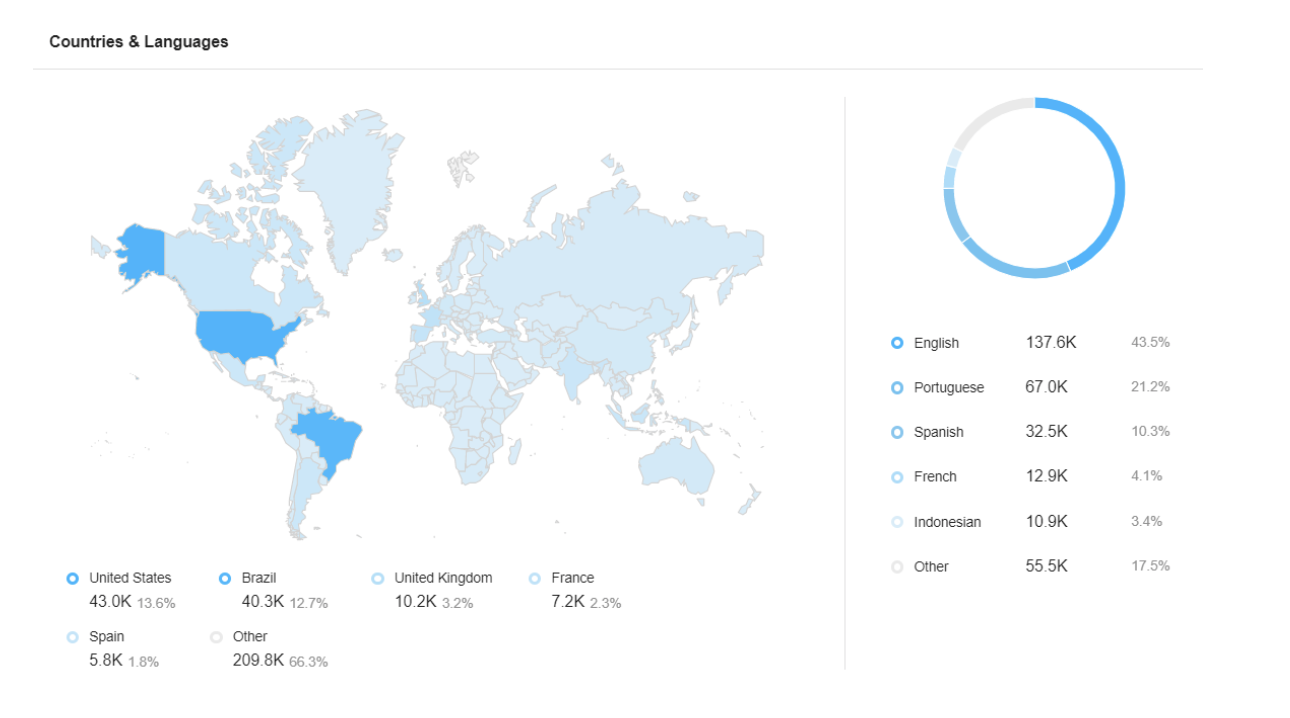
For any business that has the potential to serve customers outside of your local area, it's important to see where people are talking about you.
For example, if your app that's made in the U.S. is popular in India, you might adapt your advertising and SEO efforts to expand in the locations where it's already known. Or you might see an area of the U.S. where people aren't talking about you and create marketing strategies to target those blank slate markets.
Engage with the right social networks
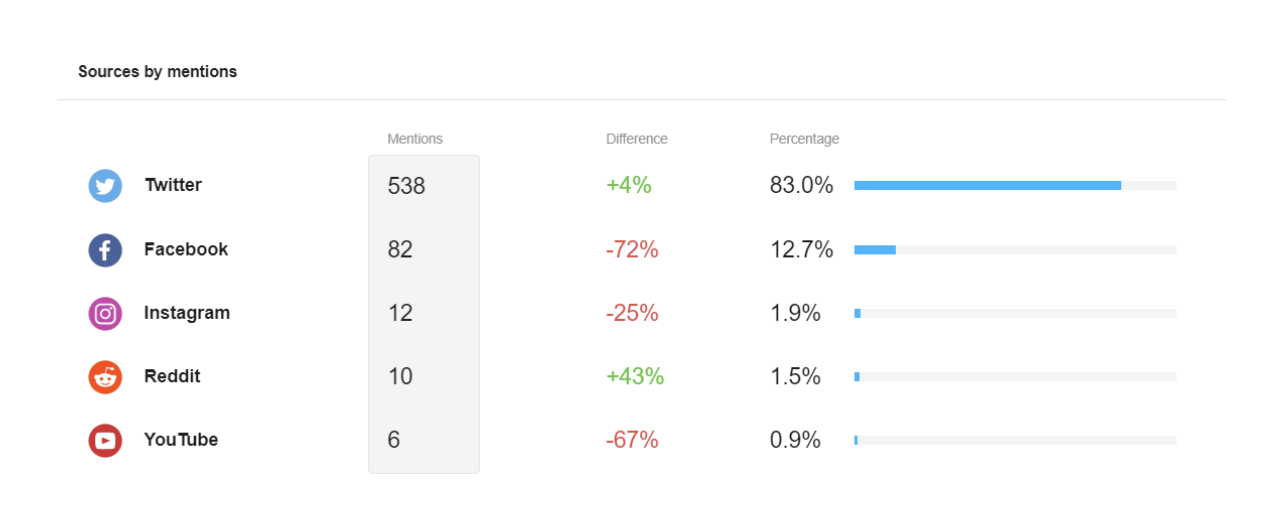
There are more social networks than most social media marketing teams can take care of. You usually end up focusing on a couple of major ones, while the bottom-up activity happens somewhere else. But keeping an eye on every network is important when you're looking to expand your market.
For example, if you discover that people on YouTube are making explanation videos for your product, maybe it's time to get into that market and create your own. That way, people will be subscribing to your channels and see your promotions. Or, if you notice that your brand is often mentioned on Reddit, maybe it's time to join these conversations, answer questions, and get more Redditors to your website.
Leverage brand advocates
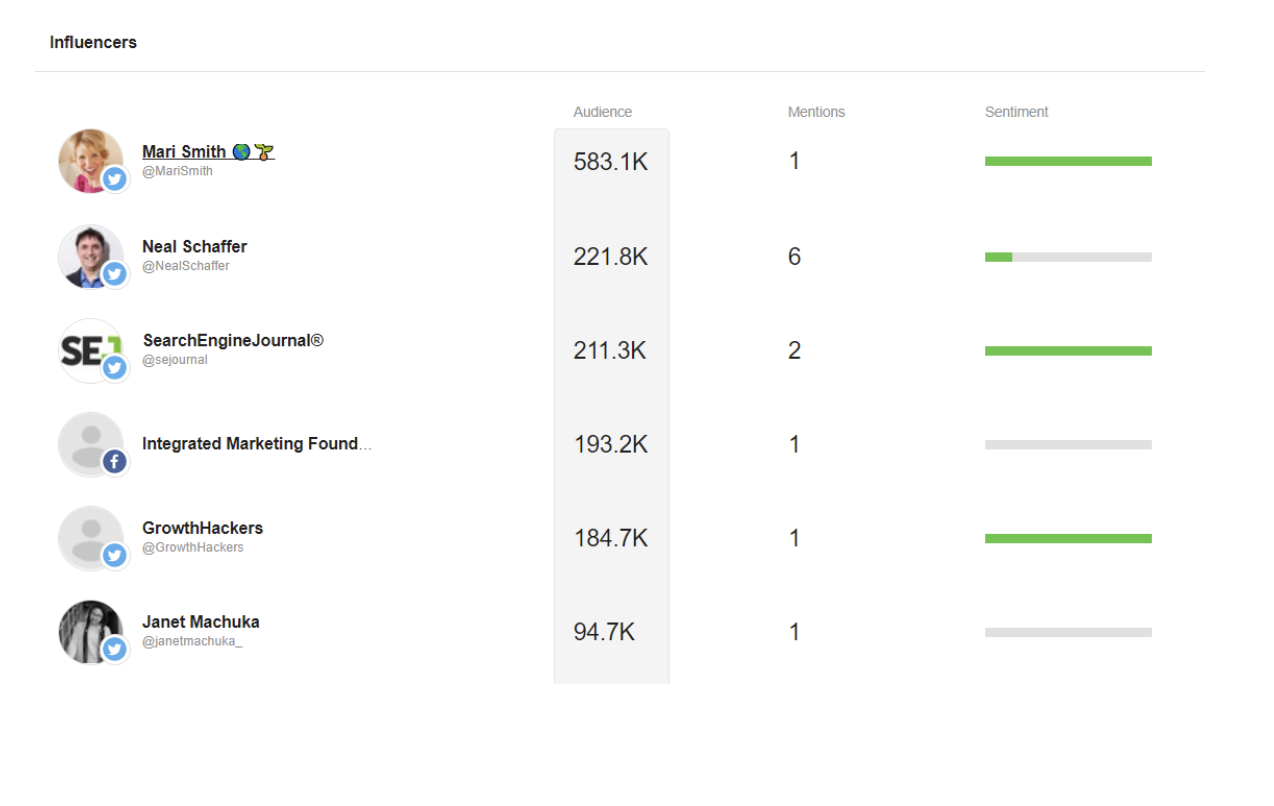
Brand advocates are the people saying good things about your brand and getting it some attention through word of mouth. The great thing about them is that their audience is different from your audience. That means expanding into new markets.
Once you know who your brand advocates are, reach out for collaboration—free or paid. Providing the influencer already knows and likes your brand enough to have mentioned it before, collaborating shouldn't be a challenge.
Monitor your industry and your competitors
In addition to monitoring your own brand, you'll want to monitor your competitors—and your industry in general. The workflow is pretty similar: create alerts for your main competitors and for your industry (e.g., "dating app"), and then look through the analytics to uncover new markets. Here's what you should be looking for.
Review your competition's customer demographics and geography
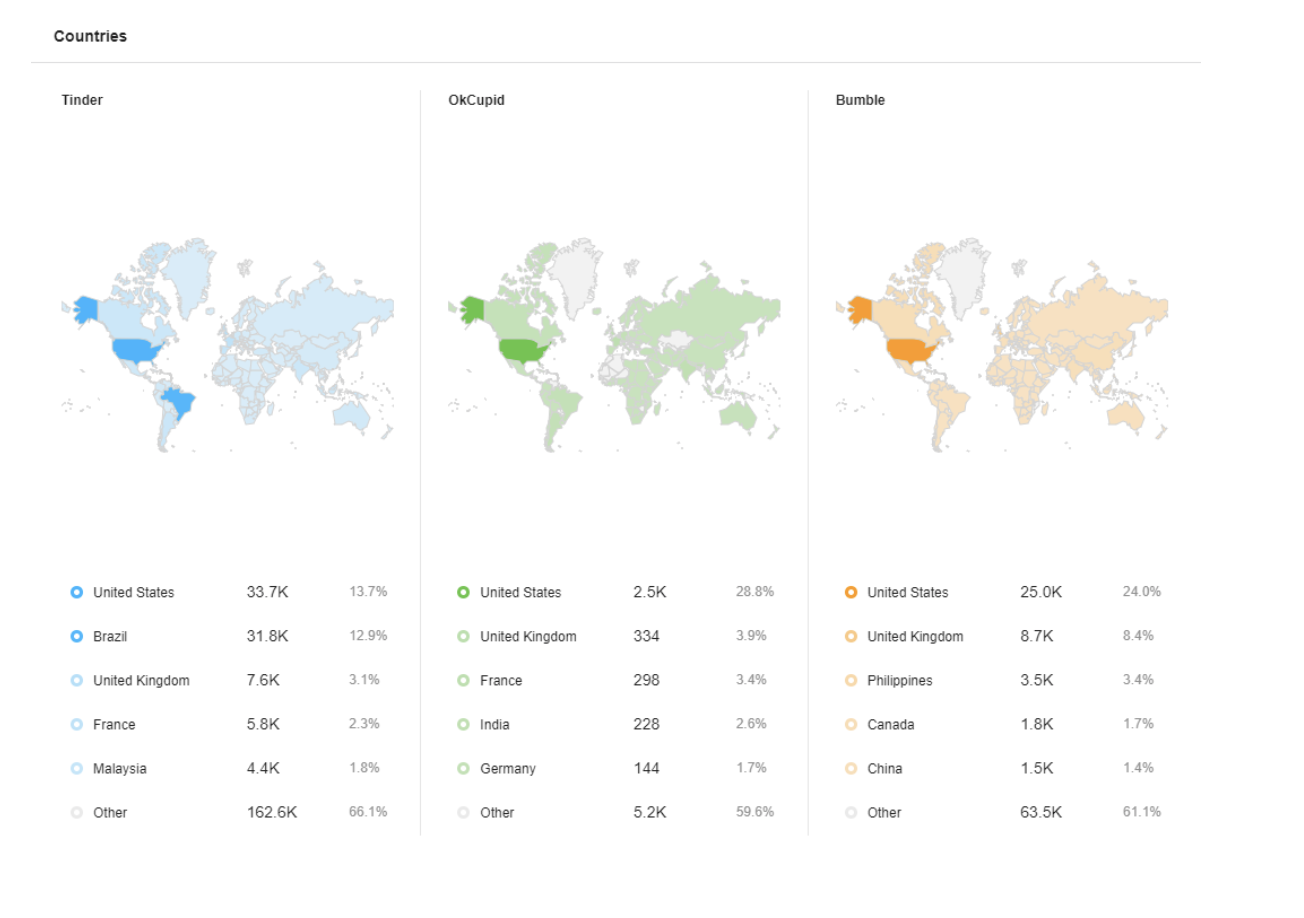
Have your competitors covered some geographical locations that you've ignored? Are there any noticeable gaps between your audience's demographics and that of your competitors? If so, you have some highly qualified markets that you can consider exploring—if your competitors are reaching these people, it's likely you can too.
For a more targeted approach, dig deeper into the conversations people are having about your competitors on social media. See which locations have an overwhelmingly negative sentiment for your competitors, and try to target those first. It'll be easier to slip into a market where there isn't a known and loved brand already.
Reach out to competitors' brand advocates and industry influencers
On the one hand, competitors' advocates might already have an agreement with them and wouldn't collaborate with you. On the other hand, the best influencers are objective and trustworthy. Mentioning your competitor might simply mean that they're interested in your niche, and know your competitor. If they haven't heard of your brand, they can't support it. Reach out to them to see what kind of relationship you might be able to foster.
Find news sites and blogs that mention your competitors
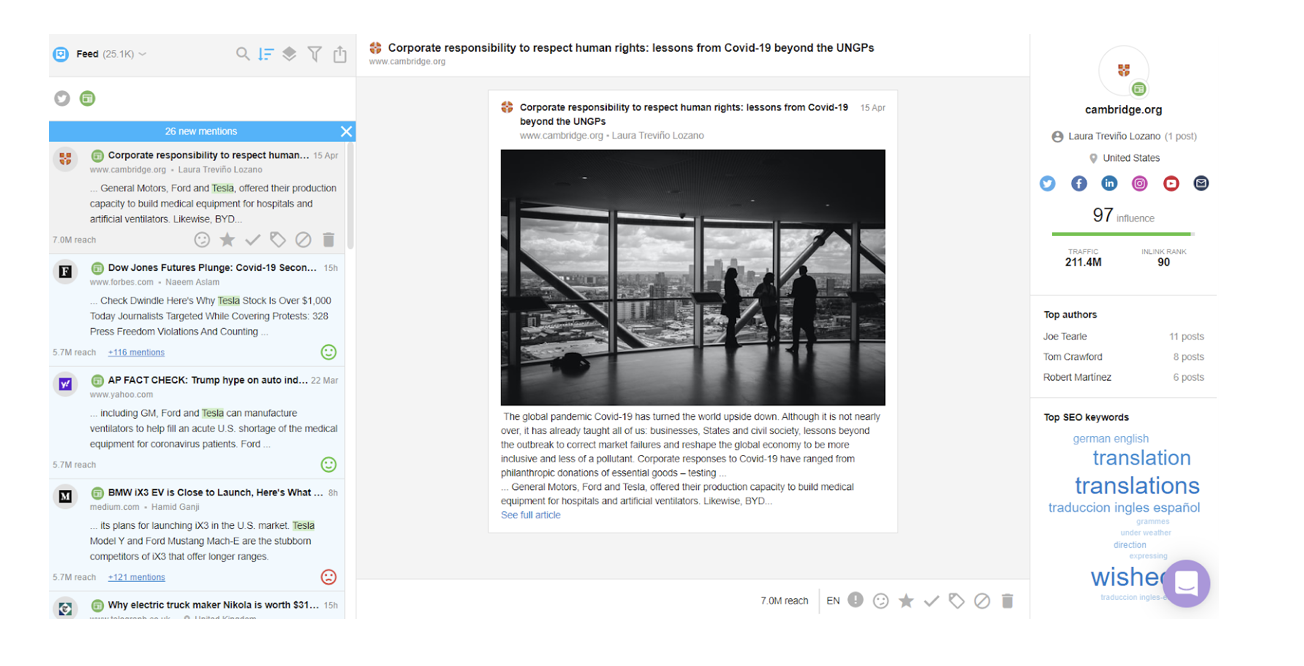
Once you know which bloggers and journalists are interested in your industry, you can reach out to them. Pitch them your brand by showing them your unique value proposition. If they're already writing about your competitors—or industry at large—it's likely they'll be interested in learning more about new brands and fresh angles for their content.
You might have a good understanding of your existing audience, but when it comes to determining who else you can target, social listening is key. It tells you who you might've missed during your early research: where your audience hangs out, which social networks they use, who they follow. And if you dig deeper, you'll also learn what they think about your products and your competitors' products, and how they react to marketing campaigns, product launches, and virtually anything else.
This was a guest post from Aleh Barysevich, Founder and Chief Marketing Officer at companies behind SEO PowerSuite, professional software for full-cycle SEO campaigns, and Awario, a social media monitoring app. He is a seasoned SEO and social media expert and speaker at major industry conferences, including 2018's SMX London, BrightonSEO, and SMX East. Want to see your work on the Zapier blog? Check out our guidelines and get in touch.





